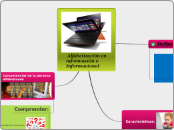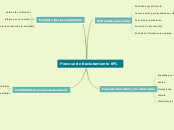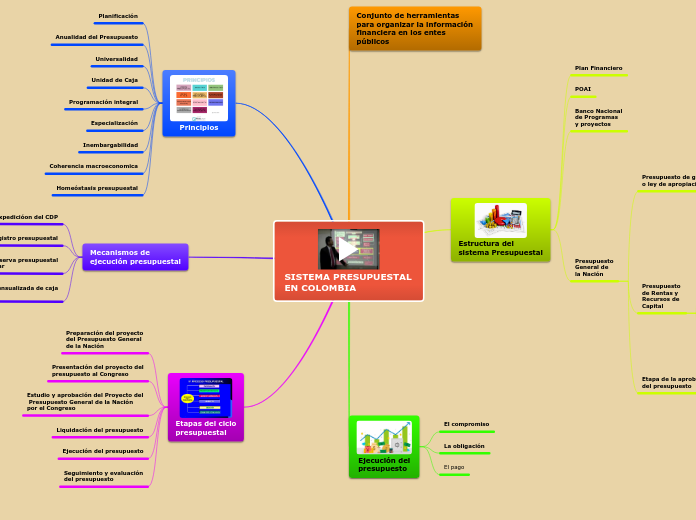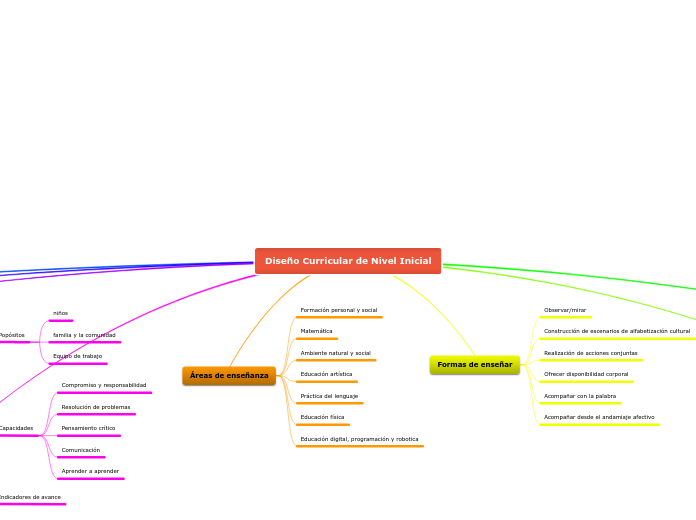IMPLANTACIÓN
DE LA EVIDENCIA CIENTÍFICA
The first division between continents was made by ancient Greek navigators, who named them 'landmass, terra firma'.
Generally classified by convention rather than any strict criteria, nowadays seven regions are regarded as continents from a geopolitical point of view.
PROCESO DE IMPLANTACIÓN DE UNA GPC
You can find on this continent:
- the world's largest river as per water volume, the Amazon.
- the highest volcanoes of the world -- Mt. Cotopaxi and Mt. Chimborazo.
- the country, Brazil, which is the largest coffee producer in the world.
- the second-highest mountain range in the world, the Andes.
FASES
6. SOSTENIBILIDAD DE LAS RECOMENDACIONES DE LA GUÍA.
Conseguir cambios con la implantación de la guía y mejorar los procesos y resultados en la salud del paciente no es suficiente para asegurar la continuidad de un cambio o una innovación.
5. MONITORIZACIÓN Y EVALUACIÓN DEL IMPACTO DE LA GUÍA.
factores o aspectos a evaluar, los indicadores concretos, las fuentes de las que se seleccionarán los datos, registros e instrumentos necesarios, personas y recursos, así como la programación y cronograma de la recogida de información
4. ELECCIÓN Y ADAPTACIÓN DE LAS ESTRATEGIAS DE IMPLANTACIÓN.
La planificación debe estar hecha sobre la base del contexto clínico donde se va a implantar la GPC y apoyándose en elementos que ya están funcionando bien en ese contexto.
3: EVALUACIÓN DE LOS FACILITADORES Y BARRERAS PARA LA APLICACIÓN DEL CONOCIMIENTO
la identificación de facilitadores y barreras nos ofrece puntos a los que debemos prestar atención para intentar sortearlos y aumentar la probabilidad de éxito de nuestra estrategia de implantación.
2. ADAPTACIÓN DEL CONOCIMIENTO AL CONTEXTO LOCAL.
pasos que permiten asegurar que las recomendaciones de la guía, se orientan a las necesidades, prioridades y recursos sin perder la validez de las recomendaciones.
1-IDENTIFICACIÓN DEL PROBLEMA, REVISIÓN Y SELECCIÓN DEL CONOCIMIENTO
detección y diagnóstico de un problema clínico o profesional que se desea cambiar para mejorar resultados
PLANIFICACIÓN
There are 12 countries that make up South America.
Name as many of you can! Don't forget about their capitals.
Implantar la guía, los recursos humanos y materiales con los que se cuenta y hacer un diagnóstico inicial del problema clínico sobre el que se plantea el cambio.
Para facilitar dicho análisis distinguen siete fases que se describen a
continuación:
North America has five time zones and it is the only continent with every type of climate.
North America was named after the explorer Amerigo Vespucci and is also known as the 'New World'.
The world's largest sugar exporter among the seven continents - Cuba - also called the 'sugar bowl of the world' is located here.
Fase 7. Analizar y revisar.
Revisar las estrategias de implicación de los
colaboradores para aumentar la coherencia entre los requerimientos
de los colaboradores y los objetivos de la implantación
Fase 6. Revisar.
Se debe evaluar de manera seriada el análisis de
los colaboradores para revisar los que son clave y determinar si sus
posiciones siguen iguales
Fase 5. Implicar.
Evaluar de manera precisa
los intereses y la influencia de los colaboradores
identificar posibles estrategias a
utilizar para implicar a los colaboradores
Fase 4. Organizar y analizar.
The specialty of some animals is they are found only in a particular region and nowhere else in the world. North America is home to many of such amazing animals.
Name at least 6.
el apoyo de los colaboradores, la influencia de los mismos y el potencial de cooperación o de amenaza que suponen para la implantación.
Una vez que se tienen datos, deben analizarse y realizar juicios en relación con tres cuestiones:
Fase 3. Recoger datos de los colaboradores.
Native Americans have lived along this river and its tributaries for thousands of years. Most were hunter-gatherers, but some formed agricultural societies.
Formed from thick layers of the river's silt deposits, this river's embayment is one of the most fertile regions of the United States; steamboats were widely used in the 19th and early 20th centuries to ship agricultural and industrial goods.
Name this river.
Por ejemplo, podemos realizar grupos de discusión o entrevistas con informantes clave.
Una vez identificados debemos recoger información sobre ellos.
Fase 2: convocatoria a todos los colaboradores.
The world's largest freshwater lake by surface area and the third-largest freshwater lake by volume can be found here. It provides a route for the transportation of iron ore, as well as grain and other mined and manufactured materials.
Large cargo vessels called lake freighters, as well as smaller ocean-going freighters, transport these commodities across this lake.
Name this lake.
quién está implicado
en la toma de decisiones y los tipos de cooperación (neutrales, prestan apoyo, no prestan apoyo).
incluir distintos perfiles
profesionales y a los pacientes y sus familias
Fase 1: precisión sobre el proyecto.
There are 23 countries that make up North America.
Name as many of you can! Don't forget about their capitals.
Se hace necesario concretar cómo se realiza esa intervención actualmente y quiénes participan y están implicados.
Determinar la unidad diana y qué es lo que se pretende conseguir de manera concreta
GPC
Proceso encaminado a la aplicación y consideración de las recomendaciones recogidas
Son recomendaciones desarrolladas sistemáticamente
método utilizado por gobiernos y organismos interesados en la traslación de la evidencia científica a la práctica clínica
DIFUSIÓN
Australia is the world's smallest continent and is also known as an 'island continent' as it is surrounded by water on all sides.
It includes 14 countries and it is the least populated continent.
Its name comes from the Latin word 'australis' meaning 'southern' because it lies entirely on the south of the equator.
El objetivo es aumentar el
conocimiento, la comprensión y la aceptación de estos recursos
Se comunica a través de ciertos canales durante un período determinado entre los miembros de un grupo social.
The largest coral reef can be found here.
Name this coral reef, add its length and mention what type of coral is it.
Proceso por el cual una innovación, idea, práctica u objeto que es percibido como nuevo
Out of 14, how many countries you can name?
How about these countries' capitals?
La traslación de los resultados de la investigación al contexto clínico
Asia is the world's largest continent of the seven continents in size, as it covers one-third of the earth's surface.
It includes 50 countries, and it is the most populated continent, 60% of the total population of the Earth lives here.
DISEMINACIÓN
Europe is separated from Asia by the Ural mountains and the Caspian Sea.
It is surrounded by water on three sides: Mediterranean Sea in the south, Atlantic Ocean in the west, and the Arctic Ocean in the north.
Three-fourth of the world's potatoes grow in Europe.
a través de esfuerzos concretos y formales
Europe is one of the smallest continents, yet it is home to some of the largest mountain ranges.
About 20% of the total landmass of the continent is considered mountainous.
Name the 5 longest mountain ranges in Europe.
Propagación de una idea o conjunto de evidencias
The most beautiful cities in the world can be found in Europe. History, architecture, arts, and famous cuisine is representative almost to each country.
Out of 51 countries how many you can name?
And how many capitals?









